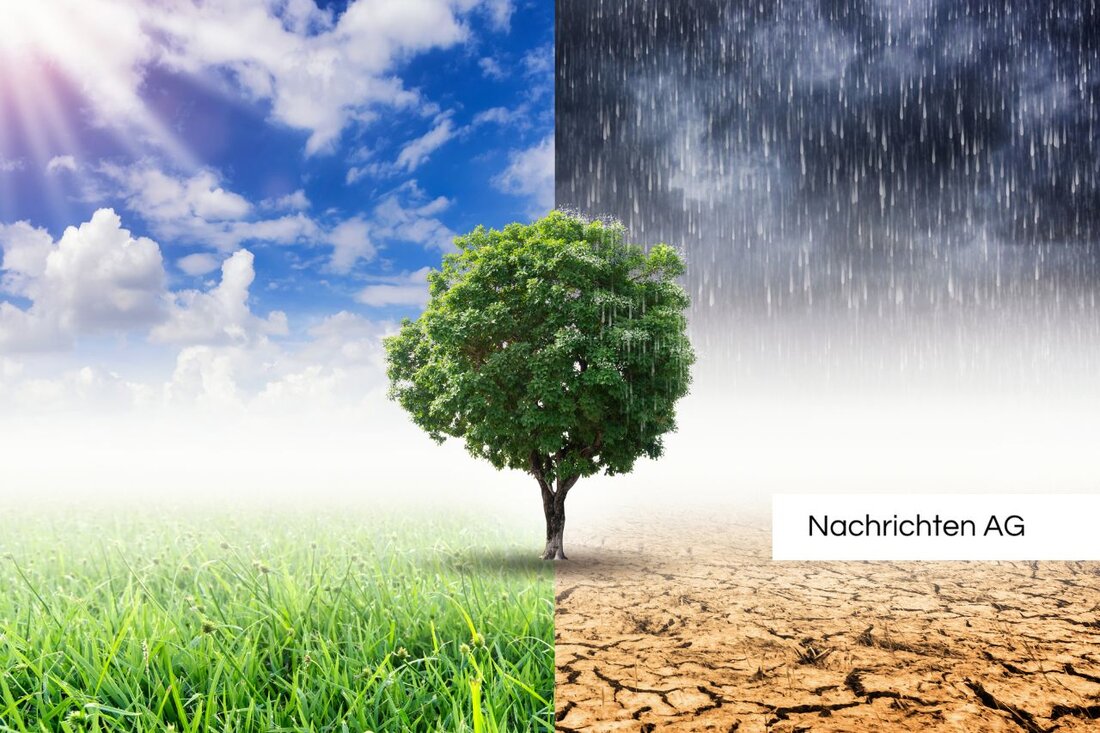Vienna flood protection: lessons from last year's extreme rain
One year after the floods in Vienna: Lessons, challenges and progress in flood protection and climate change adaptation.

Vienna flood protection: lessons from last year's extreme rain
One year after the devastating heavy rains that hit Vienna hard in August 2024, those responsible are looking at the lessons learned from this extreme event. In a short period of time, between 150 and 200 liters of rain fell per square meter, which overwhelmed the city and turned the Vienna River into a raging torrent. Videos of these dramatic scenes quickly spread across Austria, while Vienna sewer network workers did everything they could to prevent flooding. Although the flood protection system ultimately held, the situation was extremely tense and highlighted various weak points that needed to be urgently addressed.
The Vienna sewer network, which covers more than 2,500 kilometers and is responsible for the wastewater disposal of around 2 million people, handles half a billion liters of wastewater every day - and this increases during rainfall. With the recently published study on the effects of climate change showing that short-term precipitation has increased by about 15% over the last 30 to 40 years, it is clear that these extreme events could increase in the future. The data shows that warmer air can hold more moisture, leading to more intense rainfall. These findings were published in the journal Nature and come from an Austrian research team that has analyzed more than a century of rainfall data ( TU Vienna ).
Increased requirements for flood protection
Vienna has responded to this by planning necessary adjustments to the sewer network and developing new technologies. For example, a location on the Vienna Canal on the Danube Island is being renovated in order to better meet the challenges of climate change in the future. A new high-performance pump is scheduled to go into operation in 2026, which will contribute to more efficient water routing in the sewer network.
Furthermore, the Wiental Canal was extended, allowing an additional 61 million liters of rainwater to be temporarily stored. Completion for this project is scheduled for 2027 and full operation for 2028. Such investments are essential as heavy rain events that overwhelm the sewer network will become more frequent, as the extreme event on August 17, 2024 demonstrated.
The role of collaboration
It is also important to have close cooperation between different areas, such as spatial planning and urban development, to improve flood protection. For example, the city has completed the renovation work on the defensive walls of the retention basins for the Vienna River in order to further minimize the risk of future flooding. The fact that flood protection is not only a technical challenge, but also a question of urban planning is a realization that is becoming increasingly important.
In summary, Vienna is actively preparing for extreme events. The fact that climate change is having an increasing influence on weather phenomena must also be taken into account. Global trends show that extreme precipitation has increased worldwide since the 1950s, increasing the risk of flooding in many regions ( Deutschlandfunk ). Damage caused by natural disasters not only represents a financial burden, but also a challenge for the quality of life in cities like Vienna. It is therefore essential that continuous investment is made in preventive measures in order to offer the population the best possible protection.

 Suche
Suche